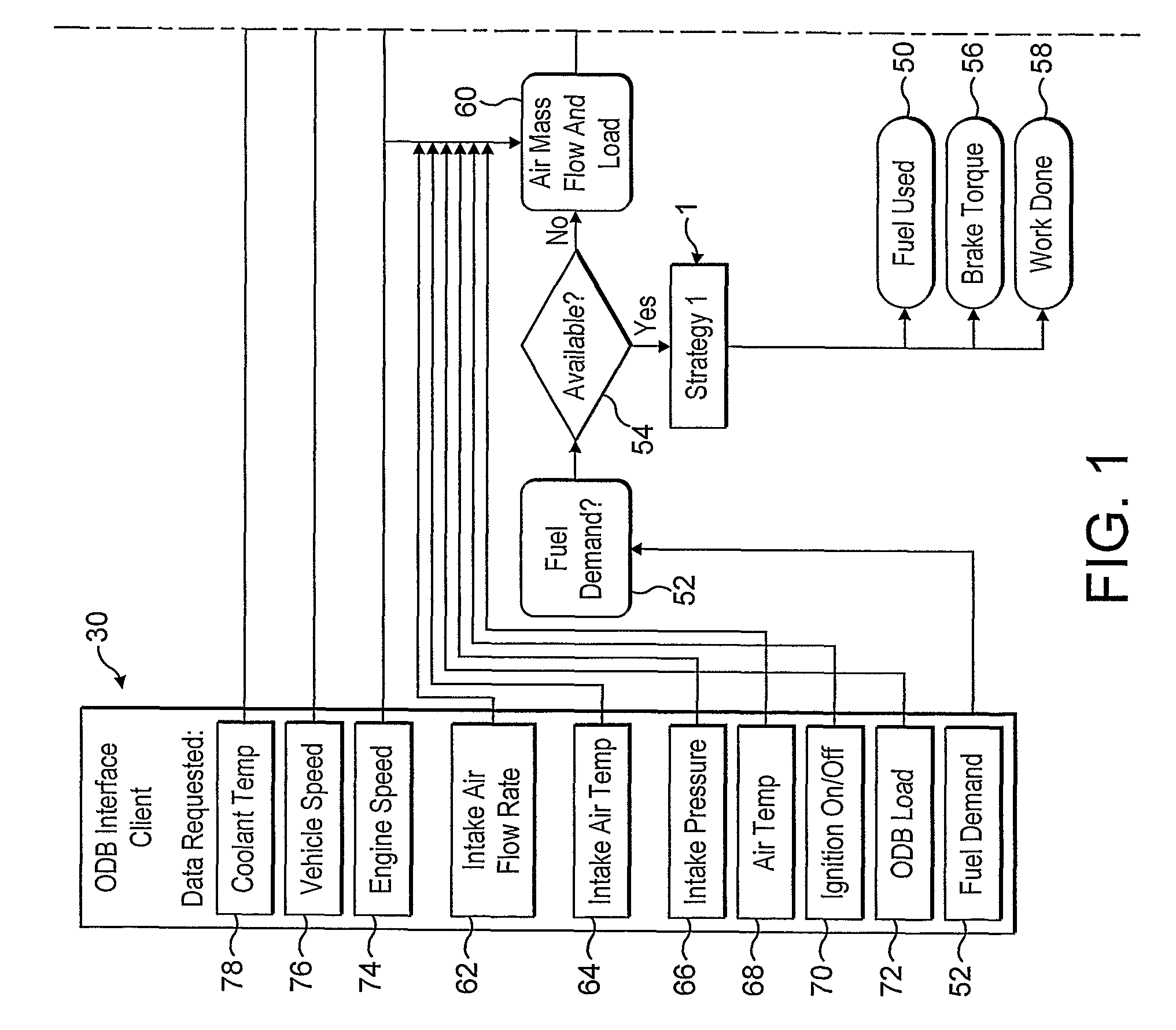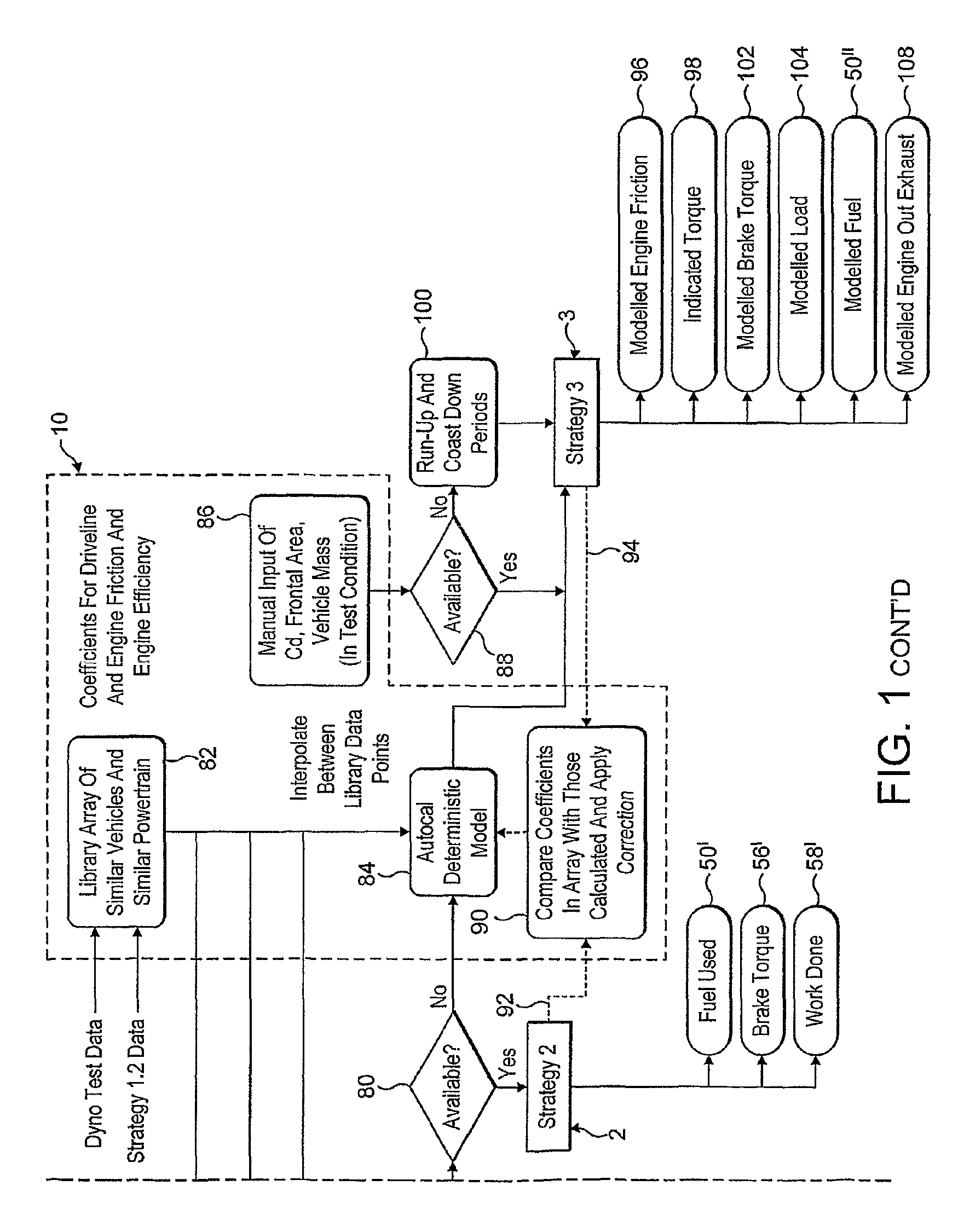Calibration tool
a technology of calibration tool and tool body, which is applied in the direction of liquid/fluent solid measurement, instruments, nuclear elements, etc., can solve the problems of impracticability and high cost of process, and achieve the effect of populated more efficiently, good results and good results
- Summary
- Abstract
- Description
- Claims
- Application Information
AI Technical Summary
Benefits of technology
Problems solved by technology
Method used
Image
Examples
Embodiment Construction
[0068]The invention will now be described by way of example with reference to the accompanying diagrams, in which;
[0069]FIG. 1 represents a schematic flow chart showing a calibration tool in accordance with the invention in a typical arrangement with a vehicle monitoring device;
[0070]FIG. 2 is a schematic diagram illustrating a number of different ways in which a calibration tool in accordance with the invention can be linked to a vehicle monitoring device for calibration; and
[0071]FIG. 3 is a flow chart illustrating a calibration method for use with a calibration tool in accordance with the invention, where a vehicle operator carries out a number of predetermined actions.
[0072]Referring to FIG. 1, the diagram shows a calibration tool 10 associated with a vehicle monitoring device (VMD) 20 connected to an On-board Diagnostics port (OBD) 30 as defined, which supplies various outputs which can be accessed by the calibration tool 10 and the VMD 20.
[0073]The calibration tool and / or the ...
PUM
 Login to View More
Login to View More Abstract
Description
Claims
Application Information
 Login to View More
Login to View More - R&D
- Intellectual Property
- Life Sciences
- Materials
- Tech Scout
- Unparalleled Data Quality
- Higher Quality Content
- 60% Fewer Hallucinations
Browse by: Latest US Patents, China's latest patents, Technical Efficacy Thesaurus, Application Domain, Technology Topic, Popular Technical Reports.
© 2025 PatSnap. All rights reserved.Legal|Privacy policy|Modern Slavery Act Transparency Statement|Sitemap|About US| Contact US: help@patsnap.com



